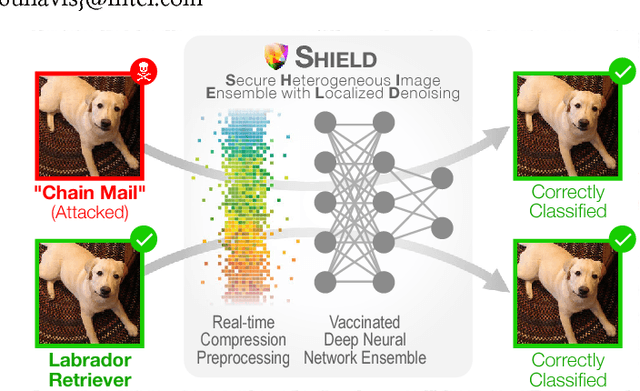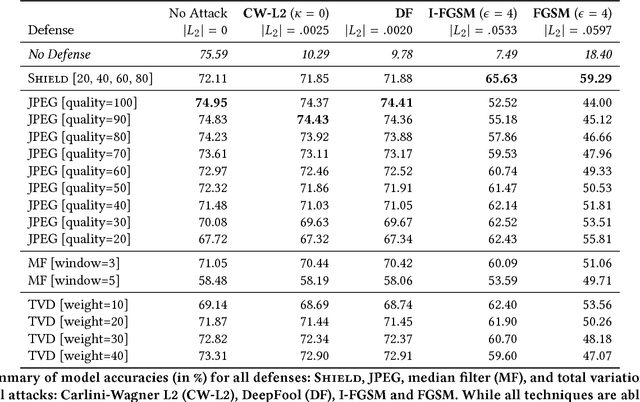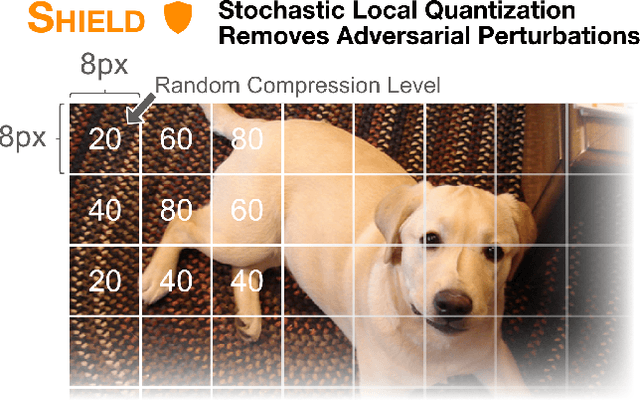Madhuri Shanbhogue
Gemini Embedding: Generalizable Embeddings from Gemini
Mar 10, 2025Abstract:In this report, we introduce Gemini Embedding, a state-of-the-art embedding model leveraging the power of Gemini, Google's most capable large language model. Capitalizing on Gemini's inherent multilingual and code understanding capabilities, Gemini Embedding produces highly generalizable embeddings for text spanning numerous languages and textual modalities. The representations generated by Gemini Embedding can be precomputed and applied to a variety of downstream tasks including classification, similarity, clustering, ranking, and retrieval. Evaluated on the Massive Multilingual Text Embedding Benchmark (MMTEB), which includes over one hundred tasks across 250+ languages, Gemini Embedding substantially outperforms prior state-of-the-art models, demonstrating considerable improvements in embedding quality. Achieving state-of-the-art performance across MMTEB's multilingual, English, and code benchmarks, our unified model demonstrates strong capabilities across a broad selection of tasks and surpasses specialized domain-specific models.
ADAGIO: Interactive Experimentation with Adversarial Attack and Defense for Audio
May 30, 2018

Abstract:Adversarial machine learning research has recently demonstrated the feasibility to confuse automatic speech recognition (ASR) models by introducing acoustically imperceptible perturbations to audio samples. To help researchers and practitioners gain better understanding of the impact of such attacks, and to provide them with tools to help them more easily evaluate and craft strong defenses for their models, we present ADAGIO, the first tool designed to allow interactive experimentation with adversarial attacks and defenses on an ASR model in real time, both visually and aurally. ADAGIO incorporates AMR and MP3 audio compression techniques as defenses, which users can interactively apply to attacked audio samples. We show that these techniques, which are based on psychoacoustic principles, effectively eliminate targeted attacks, reducing the attack success rate from 92.5% to 0%. We will demonstrate ADAGIO and invite the audience to try it on the Mozilla Common Voice dataset.
Shield: Fast, Practical Defense and Vaccination for Deep Learning using JPEG Compression
Feb 19, 2018



Abstract:The rapidly growing body of research in adversarial machine learning has demonstrated that deep neural networks (DNNs) are highly vulnerable to adversarially generated images. This underscores the urgent need for practical defense that can be readily deployed to combat attacks in real-time. Observing that many attack strategies aim to perturb image pixels in ways that are visually imperceptible, we place JPEG compression at the core of our proposed Shield defense framework, utilizing its capability to effectively "compress away" such pixel manipulation. To immunize a DNN model from artifacts introduced by compression, Shield "vaccinates" a model by re-training it with compressed images, where different compression levels are applied to generate multiple vaccinated models that are ultimately used together in an ensemble defense. On top of that, Shield adds an additional layer of protection by employing randomization at test time that compresses different regions of an image using random compression levels, making it harder for an adversary to estimate the transformation performed. This novel combination of vaccination, ensembling, and randomization makes Shield a fortified multi-pronged protection. We conducted extensive, large-scale experiments using the ImageNet dataset, and show that our approaches eliminate up to 94% of black-box attacks and 98% of gray-box attacks delivered by the recent, strongest attacks, such as Carlini-Wagner's L2 and DeepFool. Our approaches are fast and work without requiring knowledge about the model.
Keeping the Bad Guys Out: Protecting and Vaccinating Deep Learning with JPEG Compression
May 08, 2017



Abstract:Deep neural networks (DNNs) have achieved great success in solving a variety of machine learning (ML) problems, especially in the domain of image recognition. However, recent research showed that DNNs can be highly vulnerable to adversarially generated instances, which look seemingly normal to human observers, but completely confuse DNNs. These adversarial samples are crafted by adding small perturbations to normal, benign images. Such perturbations, while imperceptible to the human eye, are picked up by DNNs and cause them to misclassify the manipulated instances with high confidence. In this work, we explore and demonstrate how systematic JPEG compression can work as an effective pre-processing step in the classification pipeline to counter adversarial attacks and dramatically reduce their effects (e.g., Fast Gradient Sign Method, DeepFool). An important component of JPEG compression is its ability to remove high frequency signal components, inside square blocks of an image. Such an operation is equivalent to selective blurring of the image, helping remove additive perturbations. Further, we propose an ensemble-based technique that can be constructed quickly from a given well-performing DNN, and empirically show how such an ensemble that leverages JPEG compression can protect a model from multiple types of adversarial attacks, without requiring knowledge about the model.
 Add to Chrome
Add to Chrome Add to Firefox
Add to Firefox Add to Edge
Add to Edge